This post may include affiliate links.
If you make a purchase, I'll earn a small fee at no extra cost to you.
This planting guide for Zone 9 contains 12 vegetables you can plant in April for a great harvest this summer. Includes recommended varieties, growing tips, and recipes for your harvest.
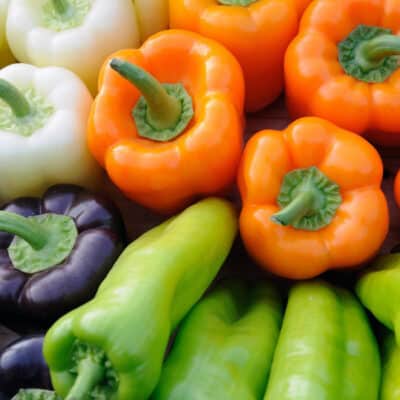
Ahhh, April! Spring is finally here (for those of us in Zone 9 anyway), and it’s time to get our seeds and starts in the ground. Does it seem like winter lasted about 6 million years? It does for me.
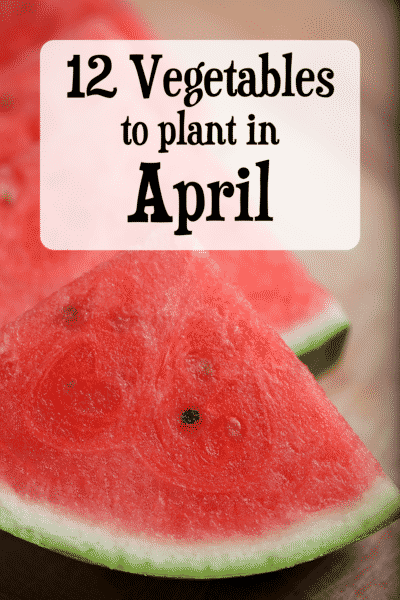
I can’t wait to get outside and get my hands in the dirt. It’s time to get those seeds in the ground, or stop at the garden store and pick up some seedlings.
~~~~~~~~~~~~
Are you a brand new gardener? Not sure what to plant and how to plant it? I can help.
Check out my Ultimate Beginning Gardener Bundle and you’ll have a great garden in no time!
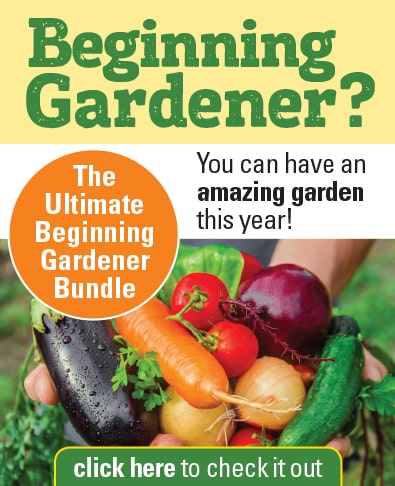
~~~~~~~~~~~~
I’m ready to get started; how about you? Whip up some homemade sunscreen and let’s get out into the garden!
12 Vegetables to Plant in April {Zone 9}
Zucchini and summer squash are the easiest vegetables to grow from seed. A couple of plants will produce more squash than most families can eat! This is probably why there’s a gardeners’ holiday called “Sneak Some Zucchini on Your Neighbor’s Porch Day”.
Varieties: Cocozelle zucchini is delicious and buttery. It's beautiful, too: the dark green fruits have light green vertical stripes. Have fun in the garden with Max’s Gold summer squash, with its beautiful yellow color and Jaune et Verte pattypan squash, which looks like a stripey spaceship.
Planting: Start zucchini from seed in April and you'll be eating it as early as June. Haven't grown it before? Here’s everything you need to know about planting and growing zucchini.
Recipe: Stir-fry zucchini with bacon and onions, or shred and make Zucchini Fritters.
Once you’ve eaten a homegrown tomato, you’ll never want to eat those tasteless blobs from the supermarket again.
Varieties: There are hundreds of varieties of tomatoes you can grow, and many different types--slicing tomatoes, cherry tomatoes, paste tomatoes, and heirloom tomatoes.
My favorite way to try lots and lots of different tomatoes is with the Heirloom Tomato Collection from Botanical Interests. It contains seeds for seven different tomatoes, and you’ll have fun growing them all.
Planting: Plant your tomato seedlings deep, with only an inch or two sticking out of the soil. Tomato plants can be floppy and unruly, so I recommend staking them or using a heavy-duty tomato cage. Blossom end rot is a common issue with tomatoes, so be prepared with these blossom end rot prevention tips.
Recipes: Before you can enjoy your tomatoes on BLT sandwiches or by enjoying them as homemade spaghetti sauce, make sure you know the best way to wash tomatoes.
I love eggplants. They are such beautiful plants in the garden with their unique and vibrant purple color.
Eggplant (also called aubergine) is a veggie that likes hot weather, just like tomatoes and peppers. All three of these plants are part of the Nightshade family.
Varieties: Listada de Gandia is a beautiful French heirloom eggplant. Black Beauty is another favorite for its large size and thin skin that you don't have to peel.
Planting: Plant seedlings 18 inches apart--happy eggplants grow into bushes nearly 2 feet tall and 16 inches wide. Stake them shortly after planting, or the weight of the eggplants will cause the plant to fall over.
Recipe: Eggplant is delicious when sliced, brushed with olive oil, and grilled until just soft.
We are big snow pea fans around here, and the kids are anxiously waiting for our seeds to sprout.
Snow peas are a great vegetable to grow with your kids, because they’re mild in flavor and fun to eat. Our kids sit in the garden and eat them right off the plant!
Varieties: Our favorite variety is Oregon Sugar Pod II. It produces giant, tender snow peas and often sets doubles--two pea pods from each node. Another fun type to grow is the purple-podded Sugar Magnolia snap pea.
Planting: Snow peas need consistent water, and fertile, loose soil with plenty of phosphorus and potassium. Here’s lots more information on planting and growing snow peas.
Recipes: If you end up getting any peas indoors before the kids eat them all, add them to a stir-fry or Homemade Orange Chicken.
I always get carried away when planting green beans. There are so many different varieties to try! Calling them “green” beans is not completely correct--there are yellow beans and even purple beans.
Beans grow on two different types of plants. Bush beans, as you can guess, grow on a bushy plant that doesn’t need a support. They produce earlier and have a shorter harvest period. Pole beans grow on a vine, and need a trellis or some other support. They produce later but produce beans over a longer period of time.
Varieties: Blue Lake bush beans are the most common type of green bean, and they have excellent flavor. You can also get Blue Lake pole beans if you prefer to grow them vertically.
My favorite yellow bean (sometimes called wax bean) is Gold Rush bush bean. The slender beans grow in clusters and are easy to see and pick.
Who doesn’t love a purple bean? I like Royal Burgundy bush beans because of their beautiful color and great flavor. Kids love them, and they turn green when cooked!
Planting: Beans are usually direct sowed in the garden. Pole beans will climb, so they need a pole or trellis. Bush beans are great in containers or in raised beds. Both varieties appreciate a scoop of your homemade compost mixed in with the soil when planting.
Recipes: It's easy to have some huge harvests of beans from the garden. Here's my super easy technique for freezing green beans so you can enjoy the harvest all year long.
If you like a gentle onion flavor, chives are the plant for you. Did you know that chives are a great companion plant for strawberries? Their mild onion smell keeps the bad bugs away–much safer than spraying pesticides. Learn more secrets for growing great strawberries here.
Varieties: These Organic Heirloom Chives are super-easy to grow, and come back year after year.
Planting: Sow chive seeds directly in the garden in February, or try them indoors on a sunny windowsill.
Recipes: Besides sprinkling chives on scrambled eggs, baked potatoes, and Perfect Rice-a-Roni, you can also make chive blossom vinegar from the flowers.
Mild and crunchy, jicama is fairly easy to grow and great for snacking. Also called yam bean, Mexican turnip or Chinese potato, it’s one of my kids’ favorite vegetables. I cut it into long “jicama fries” that they can munch on or dip into ranch dressing.
Varieties: Jicama is a specialty vegetable, and you probably won’t find jicama seeds at your local big-box garden store. I usually order mine from Kitazawa Seed.
Planting: Jicama needs a long, hot growing season to produce well, so start seeds early to get them off to a good start. Learn more about planting and growing jicama here.
Recipes: Zesty Summertime Slaw is the perfect way to introduce yourself to the crunchy texture and mild taste of jicama.
Please don't ever make your family suffer with frozen or canned spinach! Spinach is easy to grow, and is delicious and mild when picked fresh from the garden.
Varieties: Anna Spinach is a new variety that's specifically developed to eat as a baby green. It's perfect for spinach salad, stir-fry, omelettes, or even adding to your morning smoothie. If you prefer a large, traditional spinach, then I recommend Bloomsdale Spinach.
Planting: Spinach is happiest in cool weather, so a garden spot with afternoon shade is ideal. Sprinkle some seeds on the ground, cover with a thin layer of soil, and you'll start harvesting in just 28 days. Learn more about how to plant and grow spinach.
Recipes: I love to make spinach salad with strawberries and a splash of poppyseed dressing.
Whether you’re growing watermelon, cantaloupe (also called muskmelon), honeydew, or other melons, you’ll be thrilled with their delicious flavor fresh from the garden. We grow several varieties of melon each year, and harvested a 21-pound watermelon a few years back!
Varieties: Ahhh, where to begin? We love cantaloupe, and Hale’s Best Jumbo cantaloupe is our favorite. The fruit is sweet and thick, with a small seed cavity. Cantaloupe grows on a vine, so you may want to support it with a trellis to save space.
Sweet Delight honeydew is delightfully true to its name. It produces large, sweet, and juicy melons.
Watermelon is a summertime favorite of ours. The kids love growing them and eating them, too. We like Sugar Baby watermelon because it’s small and fits in the fridge. For fun, plant Mountain Sweet Yellow watermelon because it has yellow flesh instead of pink.
Planting: Melons of all types like to be planted outdoors in warm soil. They’re heavy feeders, and appreciate soil that’s mixed with your homemade compost. Here are some tips on when to harvest your watermelon for the best, sweetest fruit.
Recipes: Try this crisp, refreshing watermelon limeade recipe on a hot, summer day. So good!
Do you have lots of space? Do you have kids? Then you simply must grow pumpkins.
Pumpkins are easy to grow from seed, and there are many different types--teeny decorative pumpkins, white pumpkins, carving pumpkins, pumpkins for making pies, novelty pumpkins covered in warts...it’s hard to decide.
Varieties: I like to grow Howden pumpkins for making jack-o-lanterns, and Lumina, which are white pumpkins, to surprise the kids.
Planting: Pumpkins are easy to grow and need lots of space. Here are my tips on growing and planting pumpkins.
Recipe: Once you harvest your pumpkins, save the seeds and make Roasted Pumpkin Seeds.
We have a love affair with cucumbers at our house, and we grow many different types. They’re a delicious and easy to grow summer snack.
Varieties: We grow at least three varieties of cukes from seed each year. Straight Eight for salads and slicing; Homemade Pickles for--you guessed it; and Persian Baby Cucumbers for snacking.
Planting: Cucumbers are vining plants, so you’ll need a trellis or something similar for them to climb on. I grow mine at an angle against the back fence, so the cucumbers hang down for easier picking. Learn more about growing vegetables vertically.
Recipes: We love eating cucumbers as a salad topping or sliced and dipped in ranch dressing. If you want to try something different, saute sliced cucumbers briefly in butter and serve hot with salt and pepper. I learned that recipe from The Frugal Gourmet and it’s surprisingly delicious!
Peppers love hot summers, and there are so many fun varieties of both sweet peppers and hot peppers that you can try many different types every year.
Varieties: Oh my goodness...there are so many types of peppers to plant! I’ve started growing some in the front yard because we ran out of room in the backyard.
California Wonder is my favorite type of sweet pepper. They grow into a large, uniform shape that’s great for making stuffed peppers. When unripe, they’re green and when fully ripe, they turn red.
There are about a million types of hot pepper, and we like to try them all. The best way to do this is to get the Chile Pepper Collection from my friends at Botanical Interests. You’ll get an assortment that goes from really hot to scorching!
Planting: Sweet and hot peppers are tough to grow from seed, so I recommend planting seedlings from your local garden center. Learn about planting and growing bell peppers.
Recipes: We usually grow both hot and sweet types--if you end up with too many, you can freeze the bell peppers and dry the hot peppers for use later in the year.
Want to know what to plant every month?
Grab a copy of the Ultimate Beginning Gardener Bundle, which has loads of gardening information plus a monthly planting schedule for every zone in the U.S.
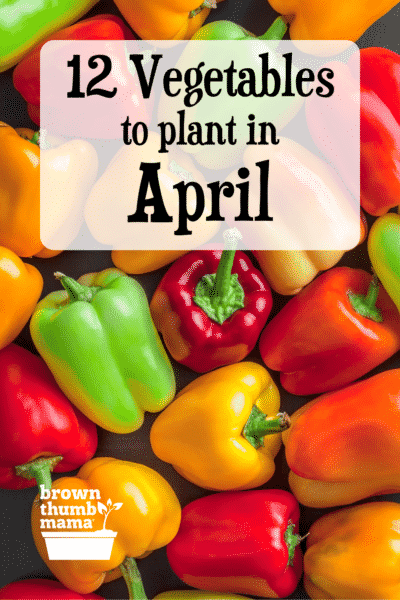

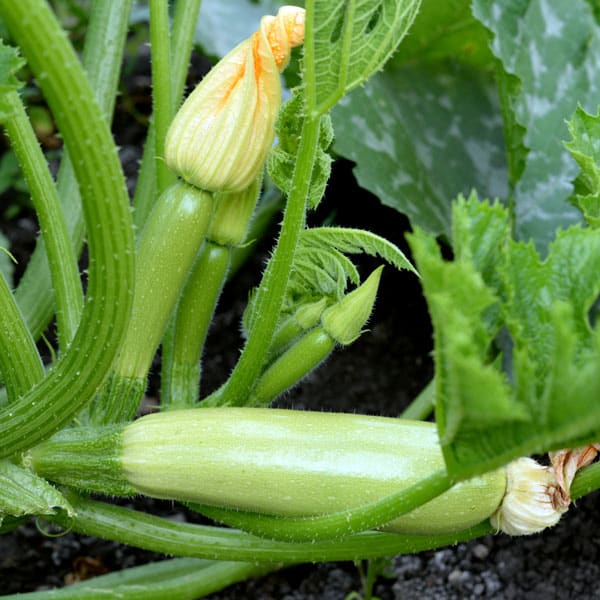
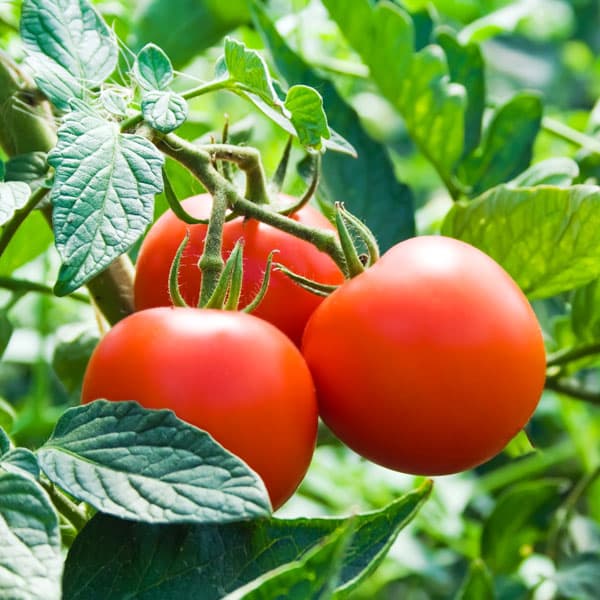
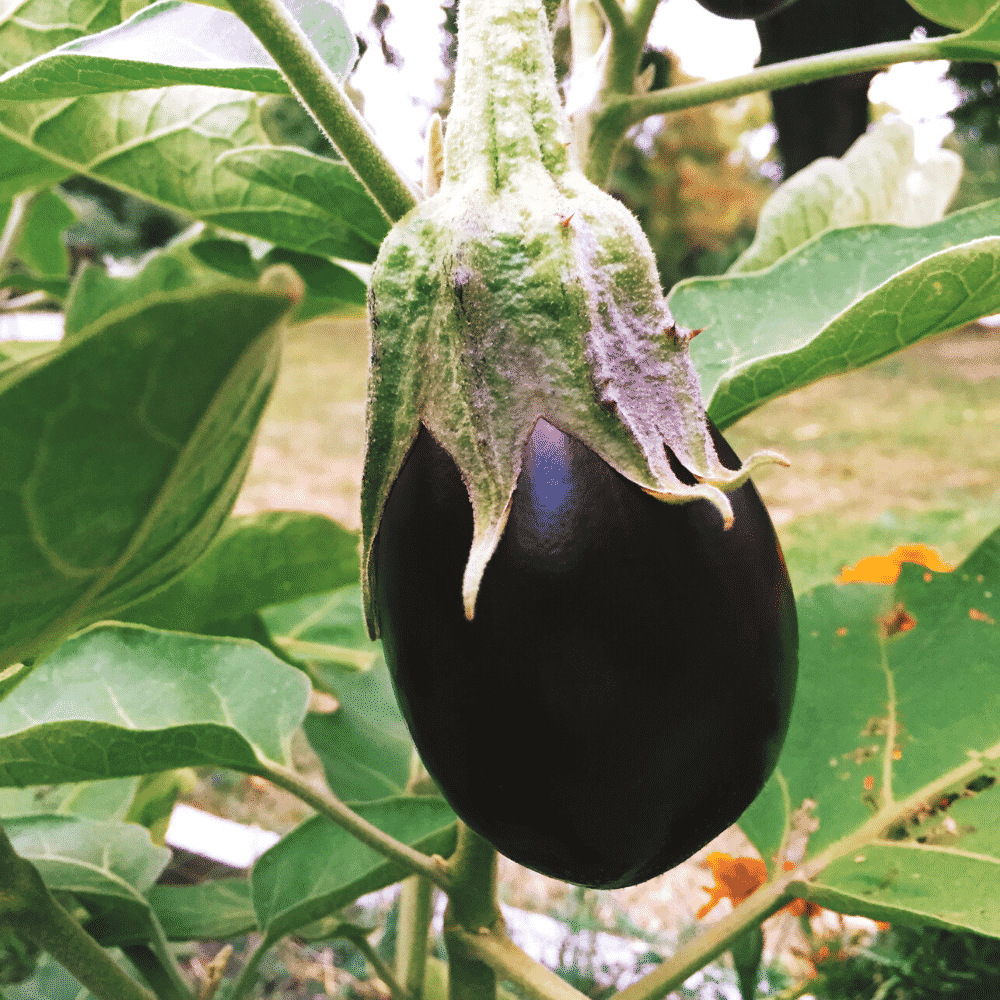
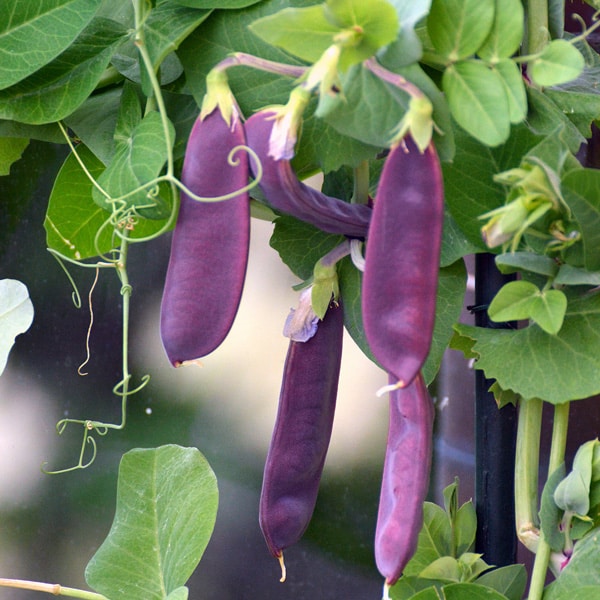
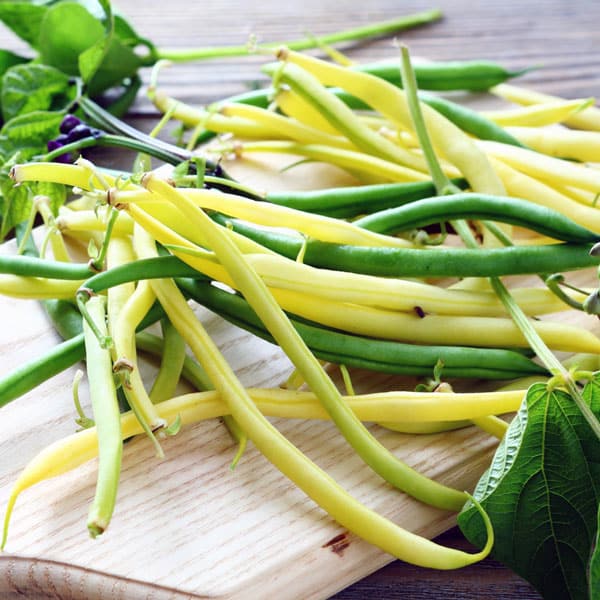
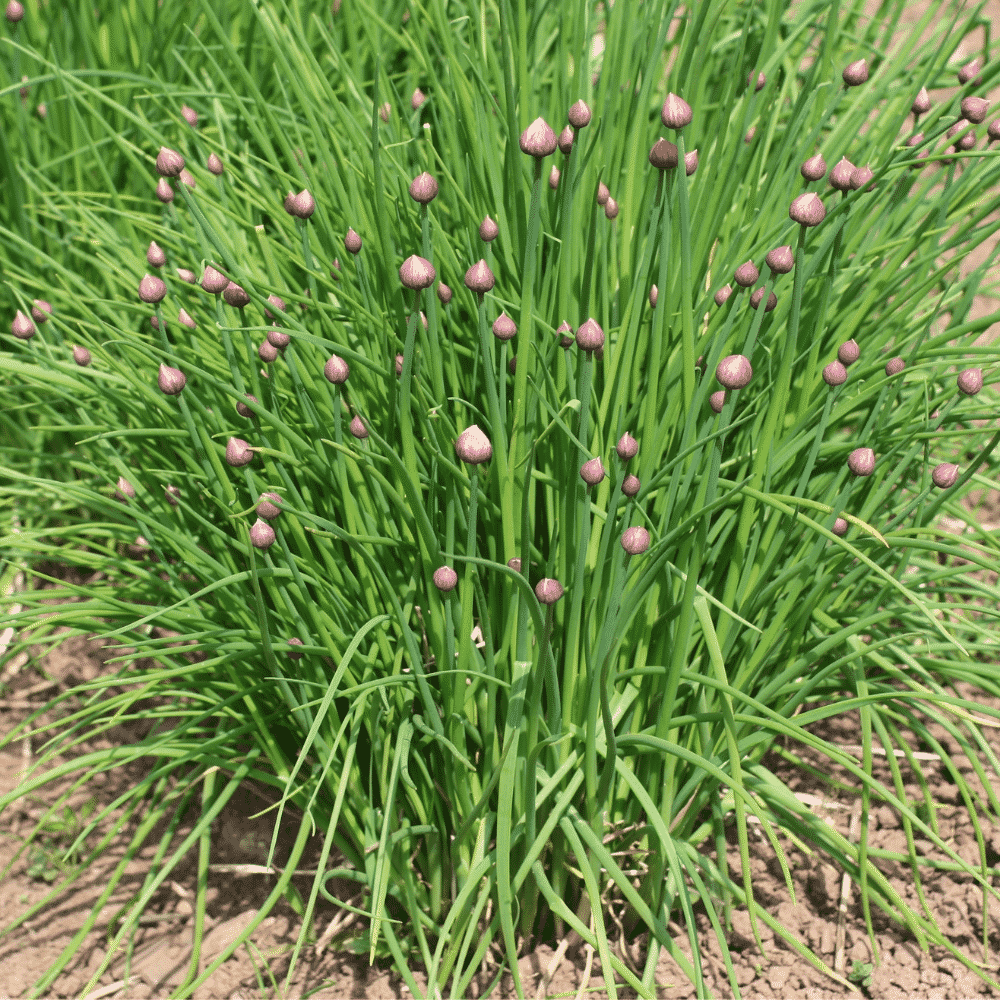
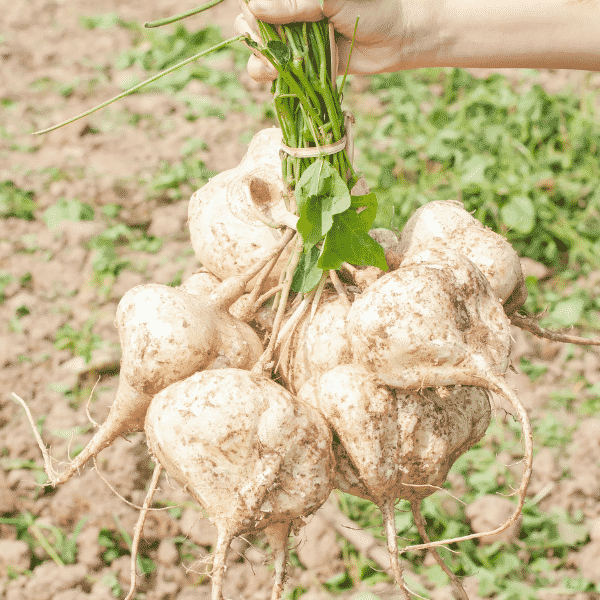

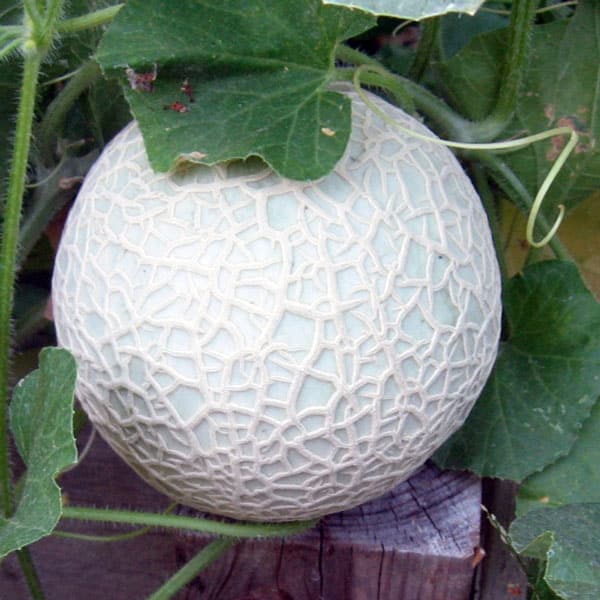
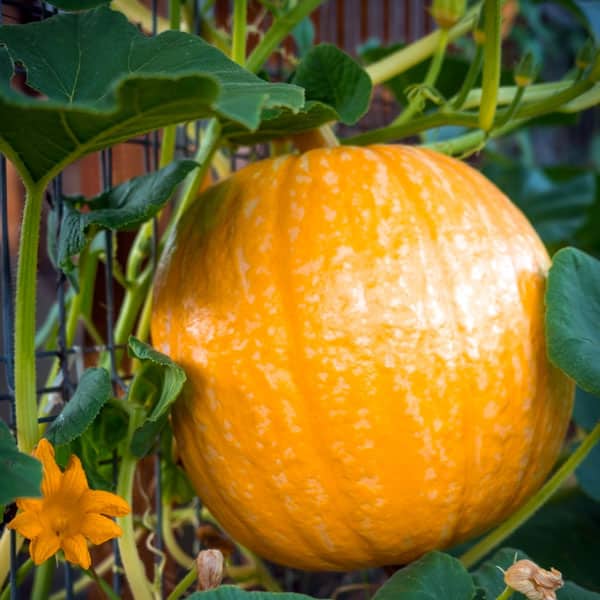
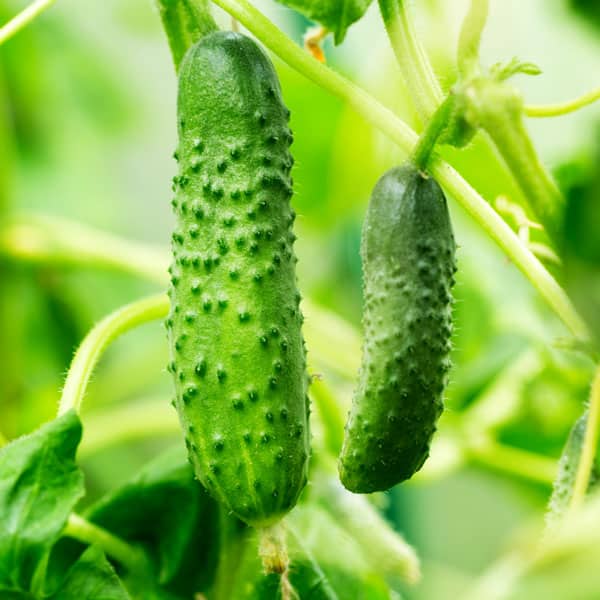
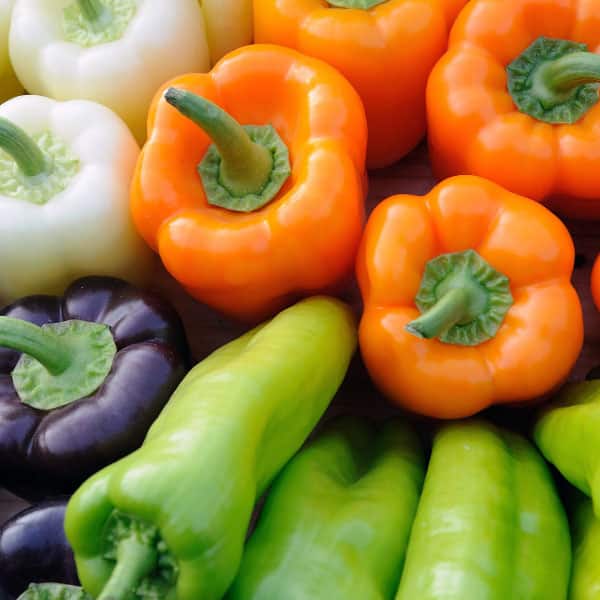

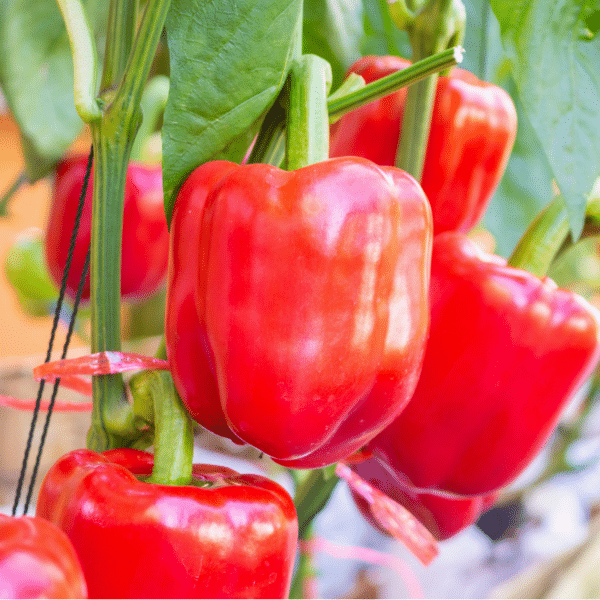
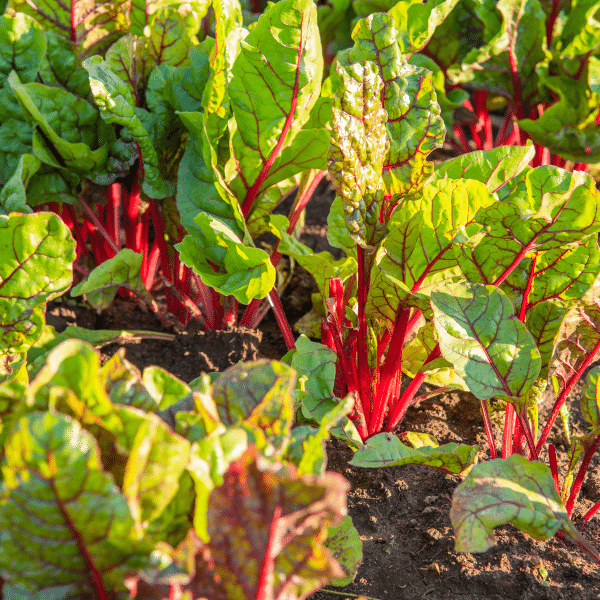
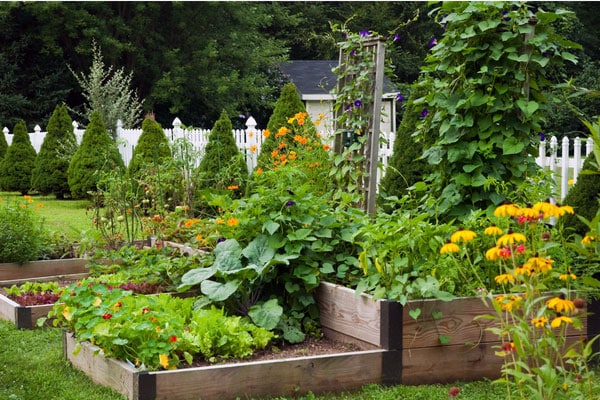
How do I find out what zone I live in?